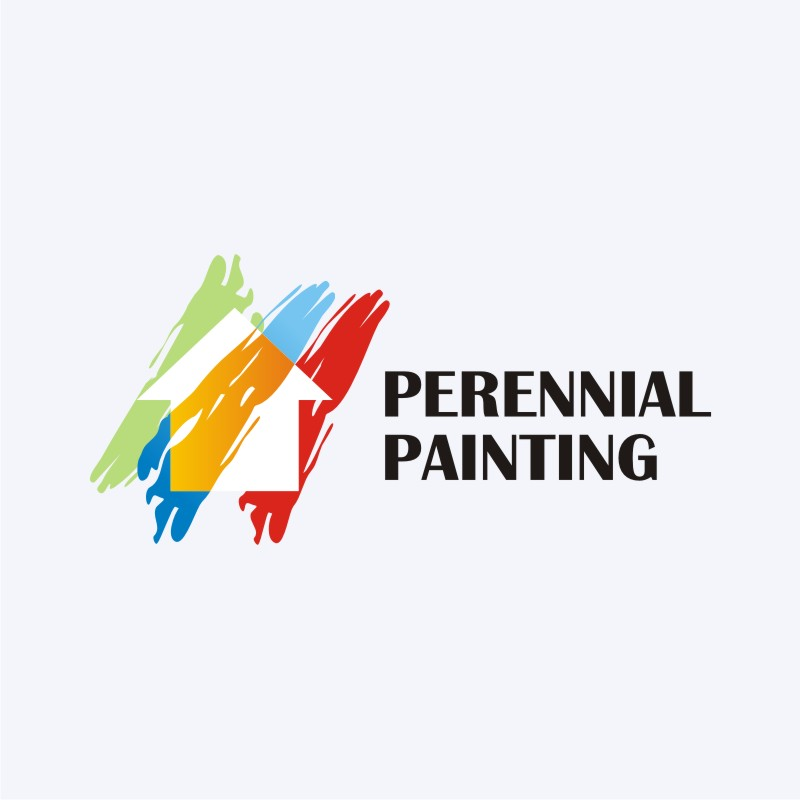When you're planning a commercial outside paint task, seasonal variables can make or break your outcomes. You'll want to take into consideration how temperature level and humidity effect paint application and drying out times. Choosing the best season can ensure your paint sticks effectively and lasts much longer. Yet which periods are genuinely the most effective for this kind of job? Let's check out the key elements that can affect your task's success.
The Impact of Temperature Level on Paint Application
When you're preparing a commercial outside painting task, the temperature can dramatically influence just how well the paint adheres and dries.
Preferably, you want to paint when temperatures range between 50 ° F and 85 ° F. If it's too cold, the paint might not treat correctly, causing issues like peeling off or splitting.
On the flip side, if it's also warm, the paint can dry too quickly, preventing appropriate attachment and causing an unequal finish.
You need to also think about the moment of day; morning or late afternoon supplies cooler temperatures, which can be extra positive.
Constantly check front door painting for the certain paint you're utilizing, as they commonly provide support on the optimal temperature array for ideal outcomes.
Moisture and Its Result on Drying Times
Temperature level isn't the only environmental variable that affects your industrial exterior paint job; moisture plays a considerable duty too. High humidity degrees can reduce drying times drastically, influencing the total high quality of your paint task.
When the air is saturated with moisture, the paint takes longer to cure, which can result in problems like inadequate adhesion and a higher risk of mold growth. If you're repainting on a specifically humid day, be prepared for prolonged wait times between coats.
benefits of proper surface preparation to check regional weather conditions and plan accordingly. Ideally, go for humidity levels in between 40% and 70% for optimal drying.
Maintaining these consider mind guarantees your task stays on track and supplies an enduring finish.
Best Seasons for Commercial Outside Paint Projects
What's the best season for your business external painting jobs?
Spring and early fall are commonly your best choices. During these seasons, temperature levels are light, and humidity levels are often lower, creating optimal problems for paint application and drying.
Prevent summer season's intense heat, which can trigger paint to completely dry too promptly, leading to inadequate bond and coating. Likewise, winter's chilly temperature levels can prevent correct drying and curing, risking the longevity of your paint task.
Go for https://www.nbcnews.com/better/lifestyle/what-you-need-know-about-painting-your-walls-white-ncna1115196 with temperature levels in between 50 ° F and 85 ° F for optimum results. Keep in mind to check the local weather prediction for rainfall, as wet problems can wreck your job.
Planning around these variables ensures your painting job runs efficiently and lasts much longer.
Conclusion
Finally, preparing your commercial external paint projects around seasonal factors to consider can make a substantial difference in the end result. By organizing job throughout the excellent temperatures and humidity levels, you'll ensure much better adhesion and drying times. Bear in mind to watch on local weather prediction and select the correct time of year-- spring and very early fall are your best choices. Taking these actions will aid you accomplish a long lasting and specialist surface that lasts.
